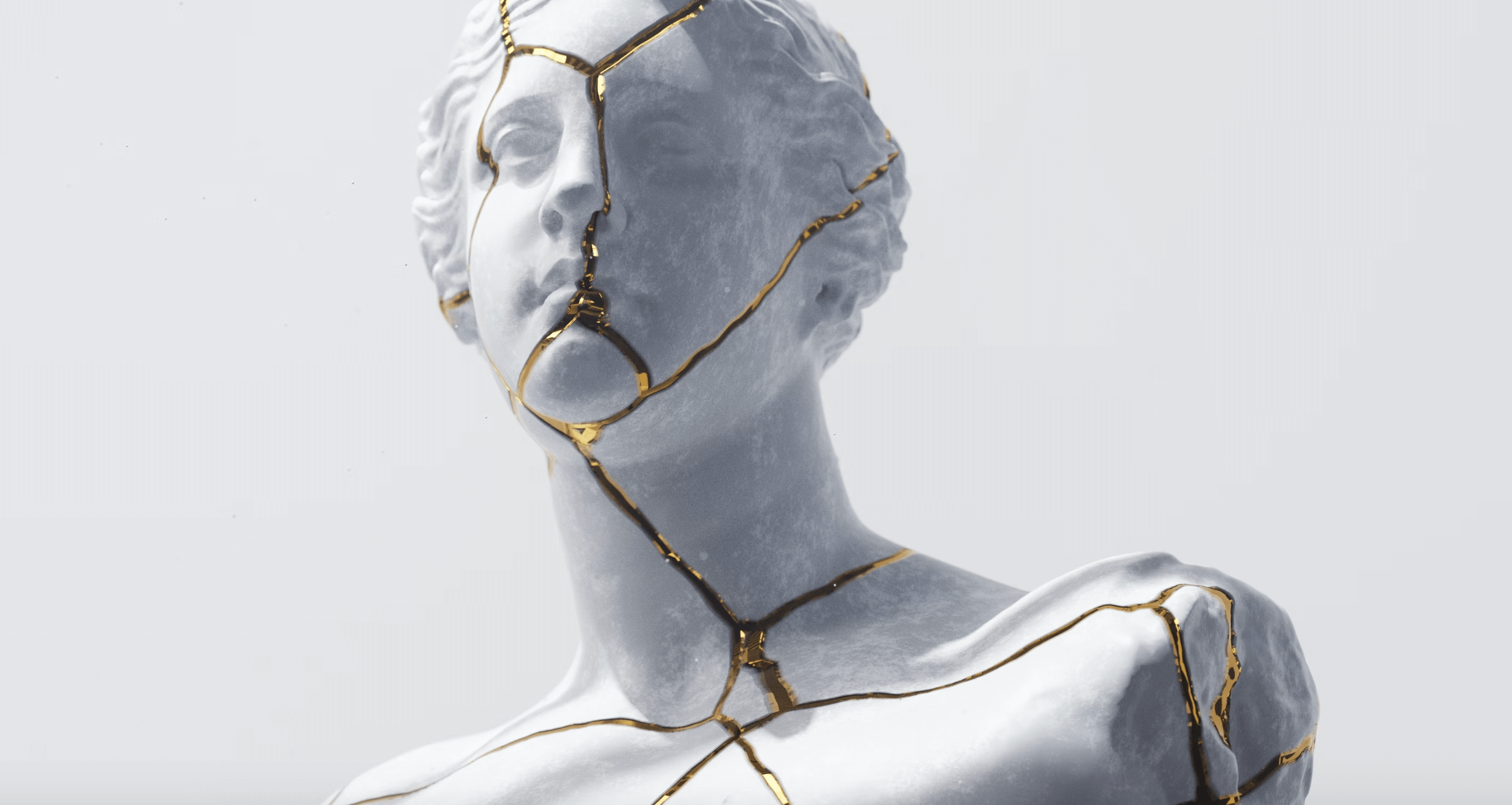Provenance, or verification of authenticity , has been around ever since blockchain technology became a catchphrase. These days, different flavours of verification techniques are talked about a bit more once again, as the NFT art industry is reaching more adoption.
Authenticity is of paramount importance to art collectors. It stands to reason that authentic NFTs with a verifiable history should have higher prices. But users will need to authenticate all sorts of digital assets. This applies to anything obtainable, including retroactive airdrops, art, music, game collectibles and even premium domain names.
Provenance in art vs crypto
In the art world, the term "provenance" is used to refer to the ownership history of a painting or other work of art. Provenance or authenticity can take many forms, including certificates of authenticity, photographic evidence, auction records, etc.
Within the world of crypto and blockchain, provenance has more or less the same meaning.
Because public blockchains are an open record, confirming the truthfulness of history of any resource should in theory be a straightforward process.
But in practice that’s not the case since you need to introduce smart contracts.
Smart contracts are the off-base apparatus for resource tokenization. They are the industry standard, but their critics claim that they are pointlessly complex, wasteful and costly when it comes to making and exchanging advanced assets.
Complexity always opens the door to vulnerabilities that can lead to hacks or rampant fraud. I won't go into the precise subtle elements of what it takes to verify an advanced resource inside a smart contract since, in all honesty, it's a futile exercise.
And I believe that’s part of the problem. Smart contracts are incomprehensible to the average individual, which means hardly anybody is able to find meaningful data about their fungible and non-fungible tokens using public blockchain explorers. People need to outsource analyzing of the code and the metadata to blockchain audit companies, but they cannot even judge whether the service did a good job or not.
All in all it’s all very similar to the classic marketing practices that run only on first impressions: In most of business these days, to accelerate the initial results, most entrepreneurs buy real Instagram followers and other involvement metrics. This allows to create a trusted first impression, raise the brand status and increase the retention rate of new users. And it works.
DAOs are unlikely to make an impact
If blockchain provenance is futile, it means that there is no decentralized independent organization (DAO) that has the power to change the way business and marketing works, not even in the NFT art industry.
DAOs are created with the intention of providing a product or service, but they have no direct authority over the thing they’re providing and marketing. Everything the DAO does must be approved by the majority of the token holders who have voting rights. In theory that sounds very democratic, in practice the process is slow and clunky and thus the power to effect change is limited.
In the case of blockchain provenance, this means that no matter how well-intentioned a DAO may be, it will most likely never be able to truly have an impact on the art market.
And maybe that’s a good thing. The presence of middlemen is what gives the art market its stability and liquidity. Without them, the market would be much less efficient and would likely grind to a halt with the first hiccup.
Conclusions
In the world of art, authenticity is everything. A painting by a well-known artist is worth far more than a painting by an unknown artist, even if the two paintings are identical in every other way.
The same is true for digital assets. An authentic NFT with a verifiable history will always be worth more than an NFT with no such history. This is because authenticity adds value to an asset by establishing its provenance. When it comes to authentication, the burden of proof lies with the user.
In order to prove that an NFT is authentic, users will need to provide evidence of its history and popularity, and that’s not a piece of cake. Any form of authenticity verification is not likely to ever be fully automated, no matter how far the technology advances. Just see how easy it is to buy Instagram followers in this industry, and how well that works.

